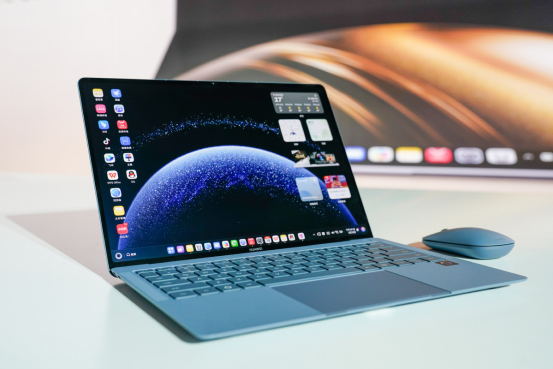
Recently, Huawei Technologies Co. launched its personal computers. These PCs use HarmonyOS, a self-developed operating system. Huawei hopes to break the control of Microsoft’s Windows and Apple’s macOS in the desktop OS market.
1.1. What does Huawei want to do with its new PCs?
A Sell more devices.
B Break market control.
C Copy other systems.
D Close research institutes.
解析:选B。B 细节理解题。根据第一段的“Huawei hopes to break the control of Microsoft’s Windows and Apple’s macOS in the desktop OS market.”可知,华为推出鸿蒙电脑是想打破市场垄断。故选B。
2.2. How many engineers worked on HarmonyOS for PCs?
A Around 20.
B About 2,700.
C More than 10,000.
D Five.
解析:选C。C 细节理解题。根据第二段中的“Over 10,000 top engineers”可知,超过一万名顶级工程师参与了鸿蒙系统的研发。故选C。
3.3. What does “alternatives” in Paragraph 3 refer to?
A Software services.
B AI functions.
C Cloud services.
D Other operating systems.
解析:选D。D 词义猜测题。根据第三段中的“Windows and macOS have led the global PC OS market”可知,Windows操作系统和mac操作系统在全球电脑操作系统市场占据主导地位,国内的大部分“alternatives”是基于Linux系统的,由此可推知,“alternatives”指代其他操作系统。故选D。
4.4. What is the advantage of HarmonyOS according to Para.4?
A Simple and popular.
B Fast and cheap.
C Smart and free.
D Clear and modern.
解析:选B。B 推理判断题。根据第四段中的“Its ‘develop once, deploy everywhere’ design cuts development time and costs.”可知,鸿蒙系统可以“一次开发,多段部署”,这可以大大降低开发成本,提高开发效率。故选B。
5.5. What is the main idea of the passage?
A Huawei’s new PCs and OS.
B Windows’ market share.
C AI in daily life.
D Linux-based systems.
解析:选A。A 主旨大意题。文章主要围绕华为推出搭载自研鸿蒙系统的新电脑及其特点、意义展开。故选A。